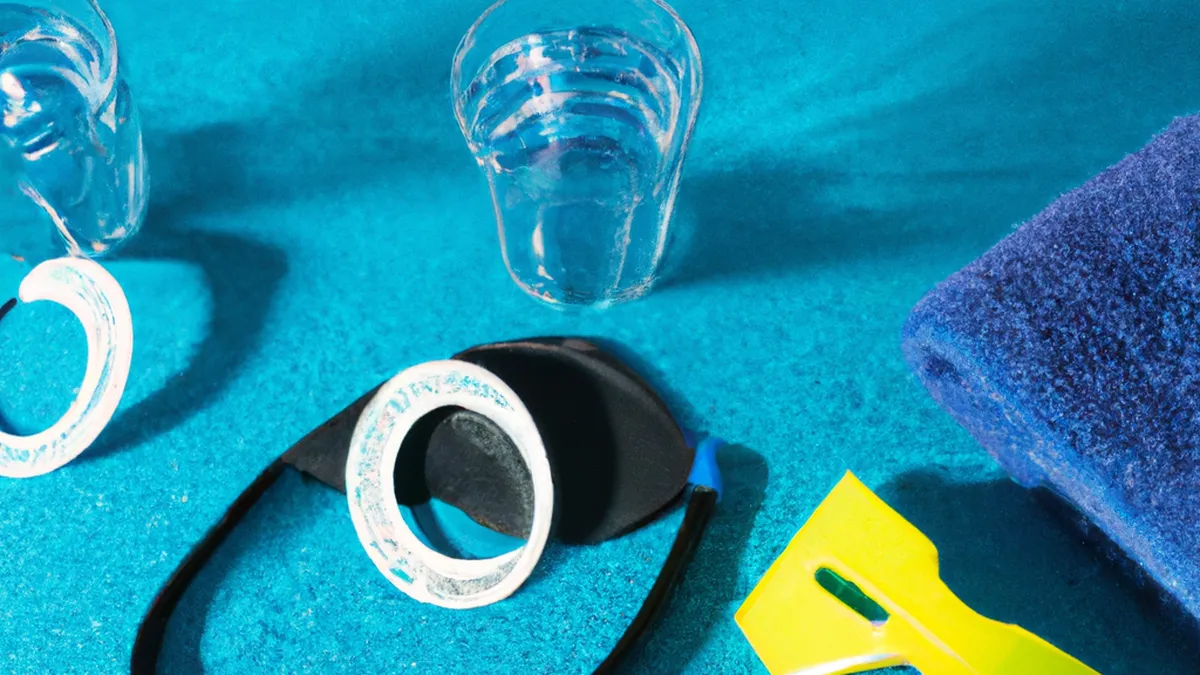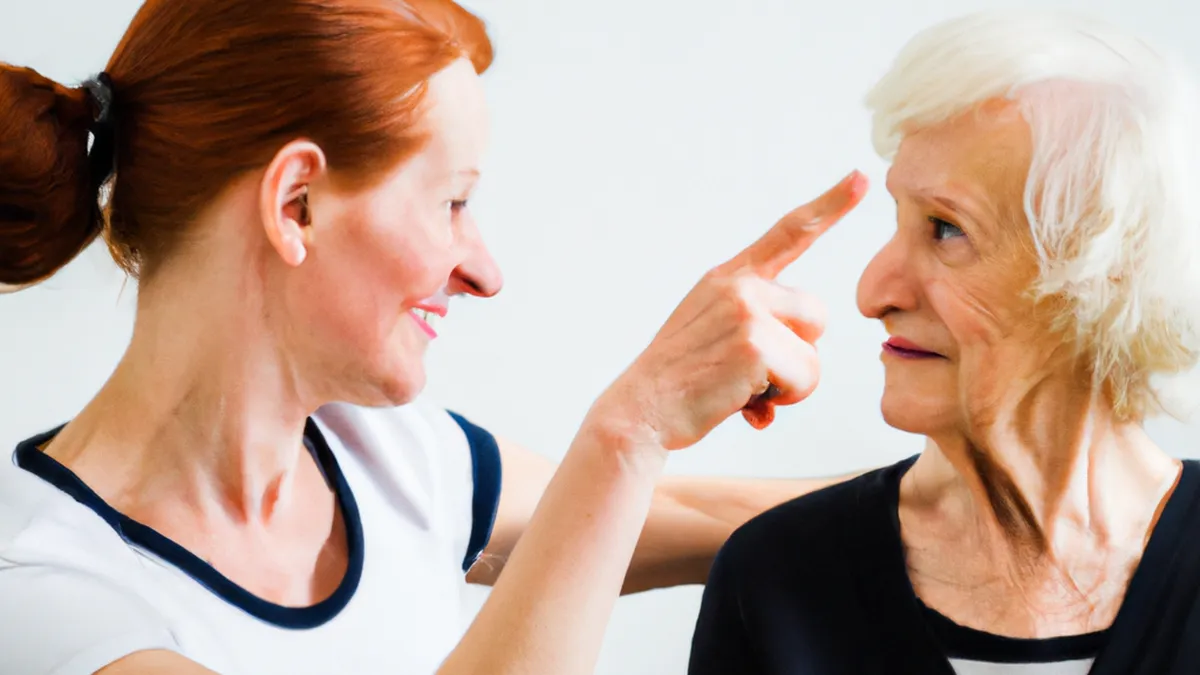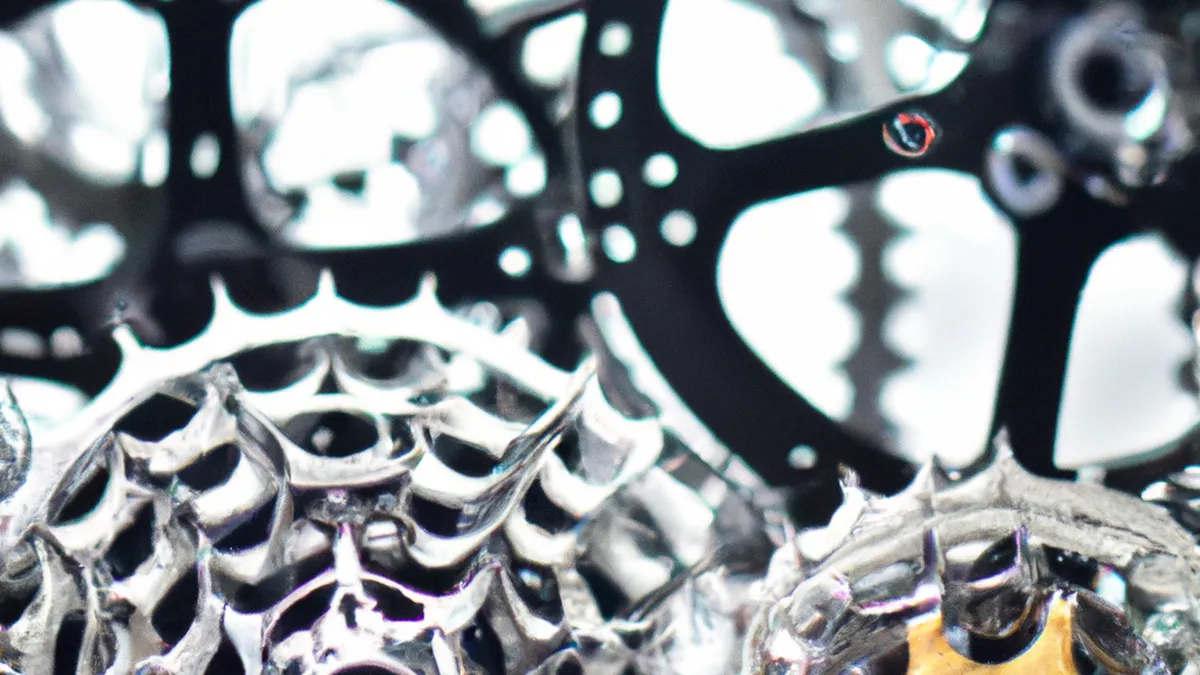Move with Purpose: Effective Recovery Tips
Active Recovery Methods for AthletesAthletes push their bodies hard during training and competition. Recovery plays a crucial role in performance. It allows muscles to repair and replenish energy. Active recovery methods help athletes bounce back faster. These techniques improve circulation, reduce soreness, and enhance well-being. This post explores effective active recovery methods, their benefits, and how to incorporate them.
What is Active Recovery?
Active recovery involves low-intensity exercise after intense training. Instead of complete rest, active recovery keeps the body moving. This approach maintains blood flow and supports recovery. Athletes can walk, cycle, swim, or practice gentle yoga. These activities stimulate muscle recovery without adding stress.
The Science Behind Active Recovery
Research shows active recovery benefits certain exercises more than passive recovery. Intense workouts accumulate lactic acid and metabolic byproducts, causing soreness. Light physical activity flushes out these substances effectively. Active recovery also delivers oxygen and nutrients to muscles, essential for repair.
Effective Active Recovery Methods
As an Amazon Associate I earn from qualifying purchases.
Gear tip: consider yoga mat, yoga bolster, and pilates ring to support this topic.
1. Light Aerobic Exercise
Light aerobic exercise is a simple and effective active recovery method. Activities like walking, swimming, or leisurely cycling are excellent choices. These exercises promote blood flow and flush out metabolic waste. Aim for 20 to 30 minutes at a relaxed pace. A gentle bike ride or a stroll in the park can refresh you.
2. Stretching and Mobility Work
Incorporating stretching and mobility work enhances recovery. Focus on dynamic stretches after workouts. Dynamic movements improve flexibility and reduce muscle tightness. Consider foam rolling or self-myofascial release for tension relief. Spend 10 to 15 minutes on targeted areas like hips, quads, and calves. This practice aids recovery and boosts future performance.
3. Yoga and Pilates
Yoga and Pilates offer excellent active recovery options. These practices emphasize controlled movements and mindfulness. They promote relaxation while improving flexibility, balance, and core strength. Attend a class or follow an online tutorial tailored for recovery.
Conclusion
Active recovery methods enhance athlete performance and overall well-being. Incorporate these techniques into your routine for optimal recovery.
Below are related products based on this post:
FAQ
What is active recovery?
Active recovery involves engaging in low-intensity exercise following intense training sessions. Instead of complete rest, this method keeps the body moving, which helps maintain blood flow and supports muscle recovery. Activities such as walking, cycling, swimming, or gentle yoga are common examples of active recovery.
What are the benefits of active recovery?
Active recovery techniques improve circulation, reduce soreness, and enhance overall well-being. They help flush out lactic acid and metabolic byproducts accumulated during intense workouts, thereby alleviating muscle soreness. Additionally, these methods deliver essential oxygen and nutrients to muscles, facilitating repair and recovery.
How can I incorporate active recovery into my routine?
You can incorporate active recovery by including light aerobic exercises, stretching, and mobility work in your routine. Aim for 20 to 30 minutes of activities like walking or leisurely cycling, and spend 10 to 15 minutes on dynamic stretches or foam rolling. Classes in yoga or Pilates can also be beneficial for promoting relaxation and flexibility.















Post Comment